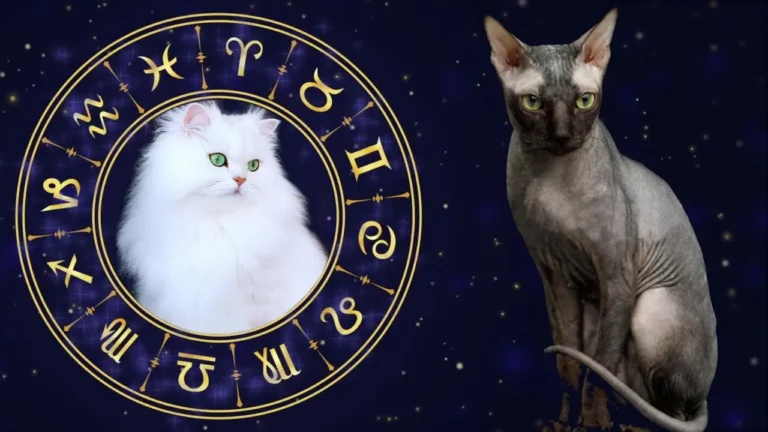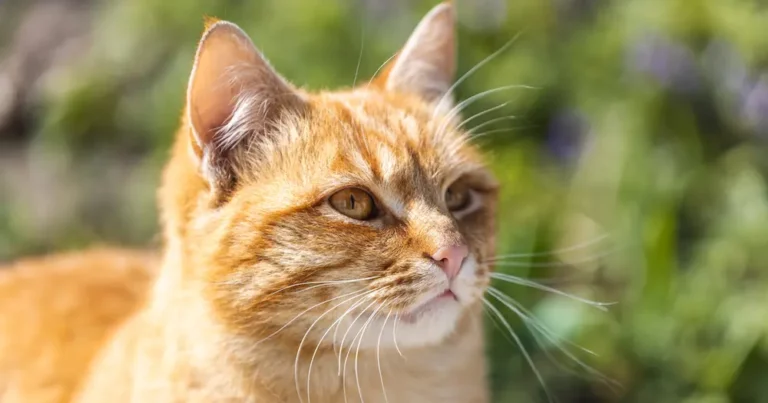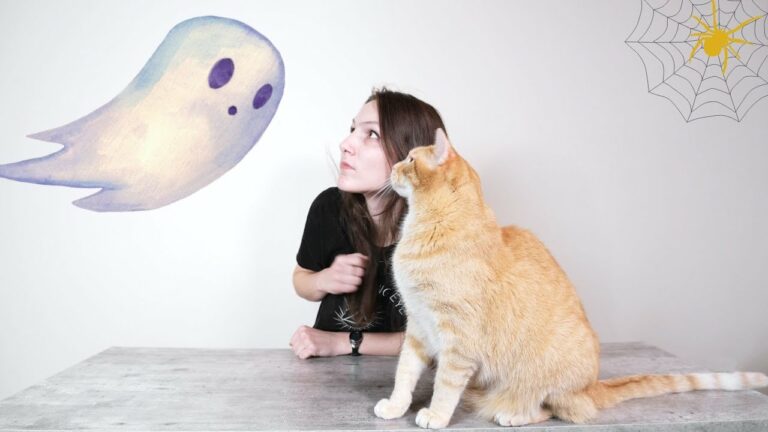What Do Cats See That Humans Can’t? Vets Explain Cat Vision
You might think you know what your
Veterinarians explain that cats have an incredible ability to see in low light, thanks to a high number of rods in their eyes, making them excellent night-time hunters.
Their vision focuses on blues and yellows, allowing them to detect movements and objects with ease.
This unique perspective doesn’t just help them at night; it also gives them an edge in daily life.
So, what exactly do cats see that we can’t?
Colors Cats Can See
Cats can see blues and yellows clearly, but they struggle to distinguish greens and reds.
This is because their eyes are dichromatic, meaning they perceive two primary colors best: blue and yellow.
When you look at things from a
In essence, a red toy might look like a dull brownish-gray, and green grass may appear more tan or beige.
Despite this limited color range, cats still navigate their world effectively.
Their ability to see blue and yellow hues helps them identify important objects and movements.
How Cat Eyes Work
To understand how
Rods are responsible for night and peripheral vision, and cats have a high number of them.
This abundance allows cats to see six times better than humans in dim lighting.
Cones, on the other hand, enable color vision. While cats have fewer cones than humans, their cones are specifically sensitive to blue and yellow light.
This dichromatic vision means cats perceive these colors best.
The combination of numerous rods and specialized cones equips cats with superior night vision and the ability to detect movement effectively, making them exceptional nocturnal hunters.
Cat Vision Vs Human Vision
While your vision might serve you well during the day,
Cats can see six times better than humans in dim lighting due to their high number of rods.
Their peripheral vision is also superior, allowing them to detect movement from the corners of their eyes.
| Vision Aspect | Cats | Humans |
|---|---|---|
| Night Vision | Superior | Limited |
| Peripheral Vision | Enhanced | Standard |
| Color Perception | Dichromatic (blue/yellow) | Trichromatic (full range) |
| Light Sensitivity | High | Moderate |
| Contrast Vision | Enhanced in low light | Standard in all light |
Conclusion
So, now you know that cats can see things you can’t.
Their unique vision, with superior night sight and a focus on blues and yellows, lets them navigate and hunt with ease.
Understanding these differences should give you a new appreciation for how your
Next time you see your






